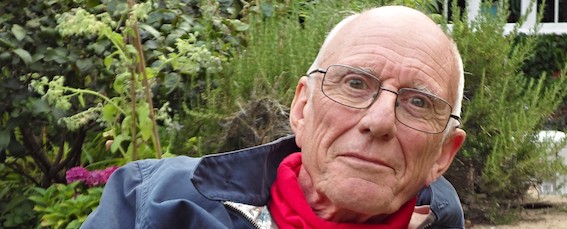#4 The immediate aftermath
What happened next? As news of the accident filtered out to the people who ran the Chernobyl plant and its satellite town, and – simultaneously – to Kiev and Moscow, the first problem was that the senior managers of the plant either did not grasp or could not bare to reveal the full extent of the disaster.
For several hours, they sent out messages to their staff and bosses saying that there had been an accident, but nothing catastrophic, in terms of physical damage or radiation releases. Meanwhile, the first-responders – fire crews – valiantly and conventionally fought the conventional fires which had broken out around the plant. They had no anti-radiation protection and several died hideous deaths within hours, days and weeks.
Partly because they misunderstood what had happened, and partly because they seem not to have understood the nature of their plant, the plant’s managers attempted to cool the burning reactor by flooding its lower regions with water. This turns out to have been somewhere between redundant and disastrous.
Because officials sought to reassure their citizenry, which was enjoying a May Day celebration at the time, the dormitory town’s 50,000 people were not warned that the fire they could see from their windows was highly dangerous. Outdoor life at Pripyat went on as usual, and ensured that many more people – especially vulnerable children – got an elevated dose of radiation. For most, this was not particularly hazardous, though many children did go on to develop thyroid cancer.
As dawn broke on 27 April (30-some hours after the accident), in a swift and well-organised evacuation, 1100 buses emptied Pripyat with the minimum of outdoor exposure for the inhabitants. Arguably, the timing of this process was ideal.
Meanwhile, the USSRs nuclear elite from top to bottom threw themselves into understanding and tackling the crisis. Senior people descended on Chernobyl and largely took over from the local managers.
Military helicopters and crews took on the hazardous work of “bombing” the reactor with sand and boron. This was the beginning of several months intensive work in which hundreds of thousands of men were deployed to handle radioactive material. Some, working with the most highly radioactive materials, could only operate for few tens of seconds before being exposed to the maximum permissible dose.
Within the 30 kilometre zone immediately around the plant, one could argue that the necessary work was done. There are places which are hazardous, and a few of those are not properly marked. But it is reasonable to suggest that – granted the available resources and the desire not to over-expose workers – a pretty good and even a very remarkable job was done.
However, and it’s a big however, this relaxed view probably depends on accepting that the 30 kilometre zone ought to stay a No-Go or at least a heavily controlled area. This has advantages, however. It is probable that the decommissioning of the reactor waste at Chernobyl will not be done to a “green field” standard, and therefore the whole area will probably always require strong security measures.


Leave a comment